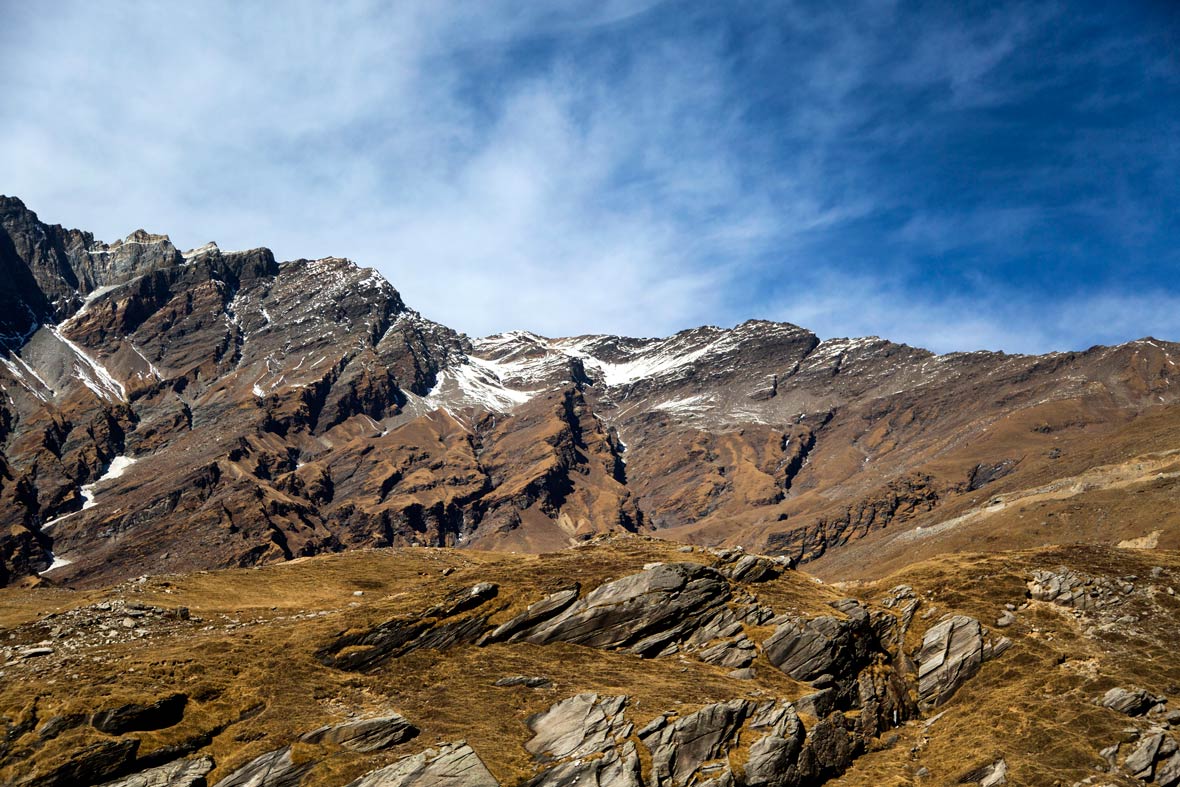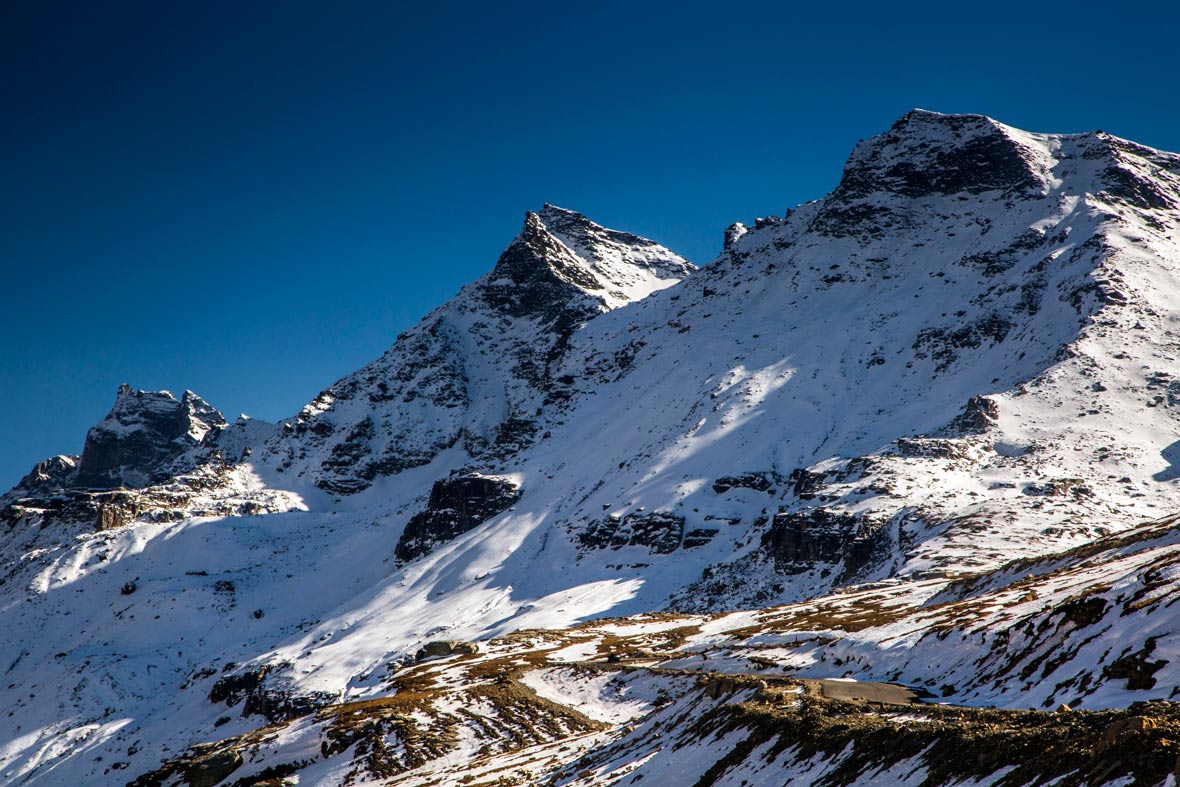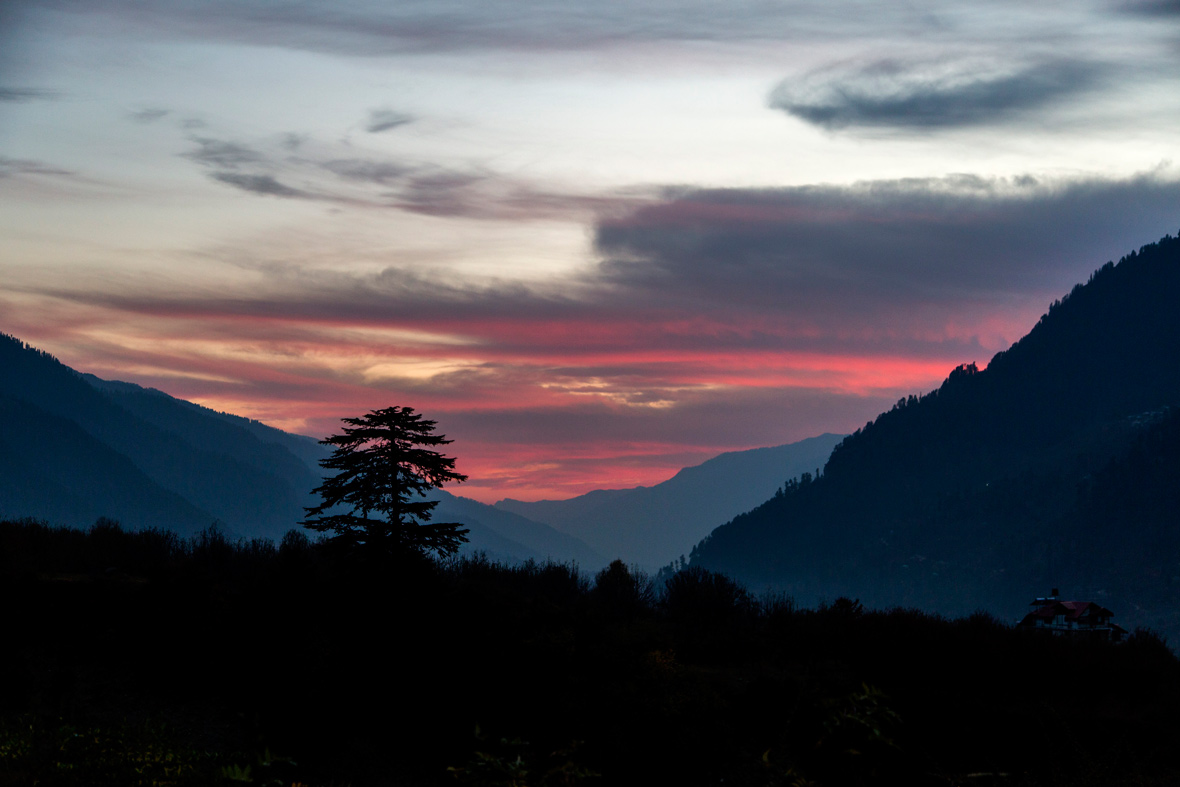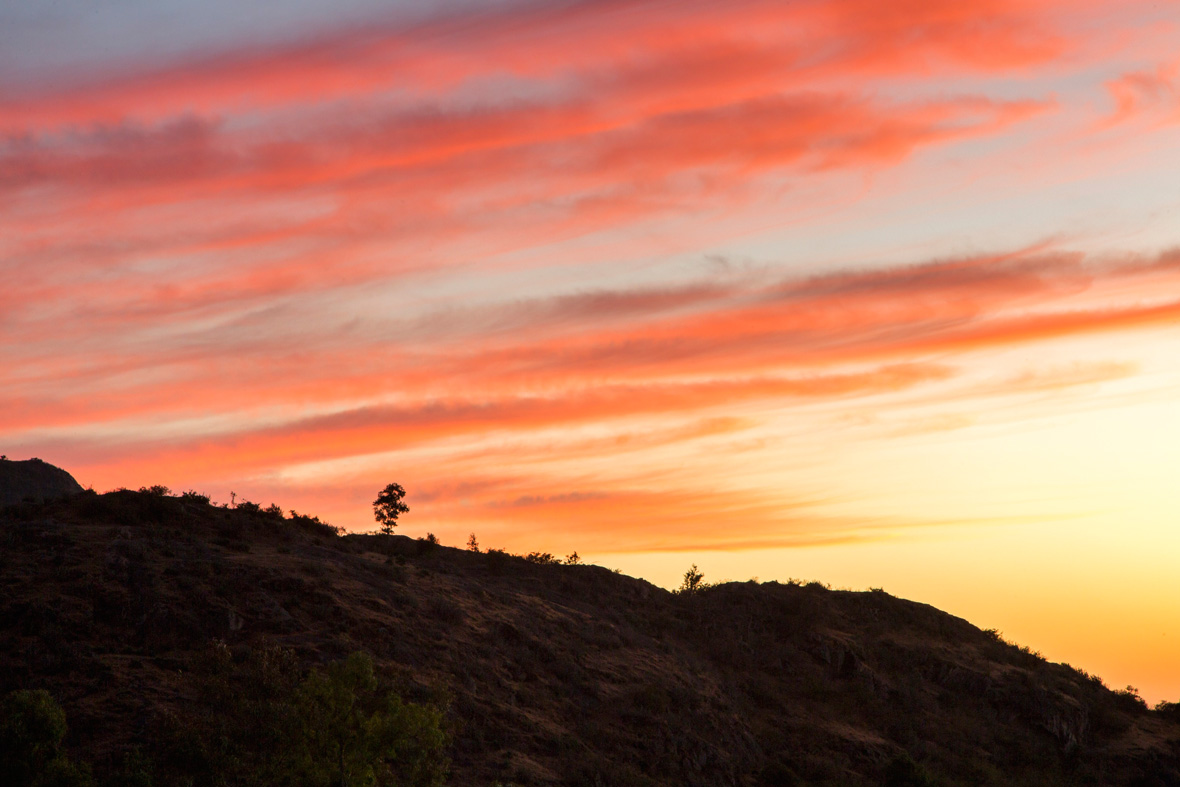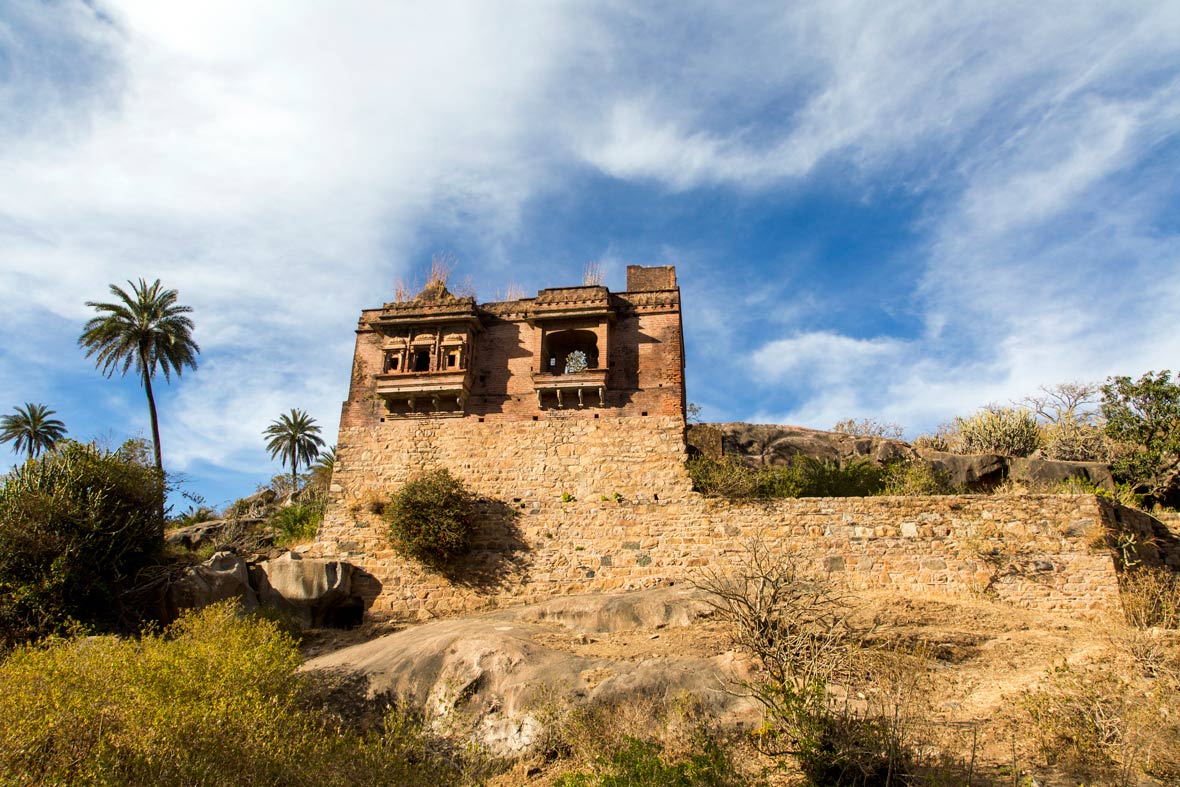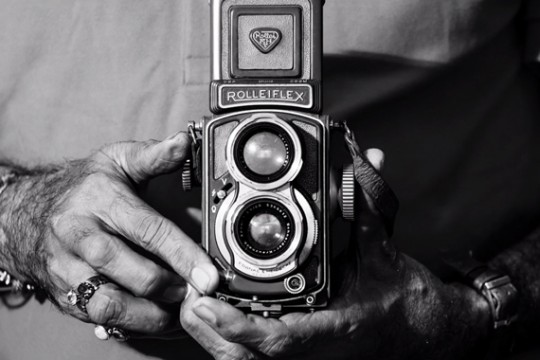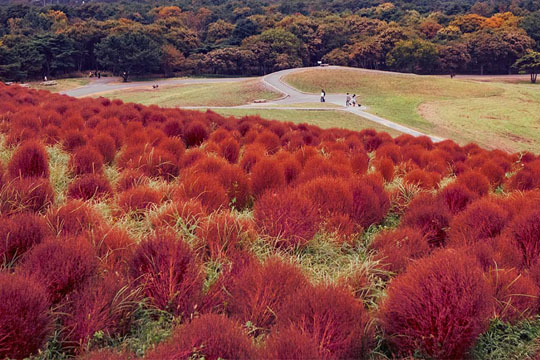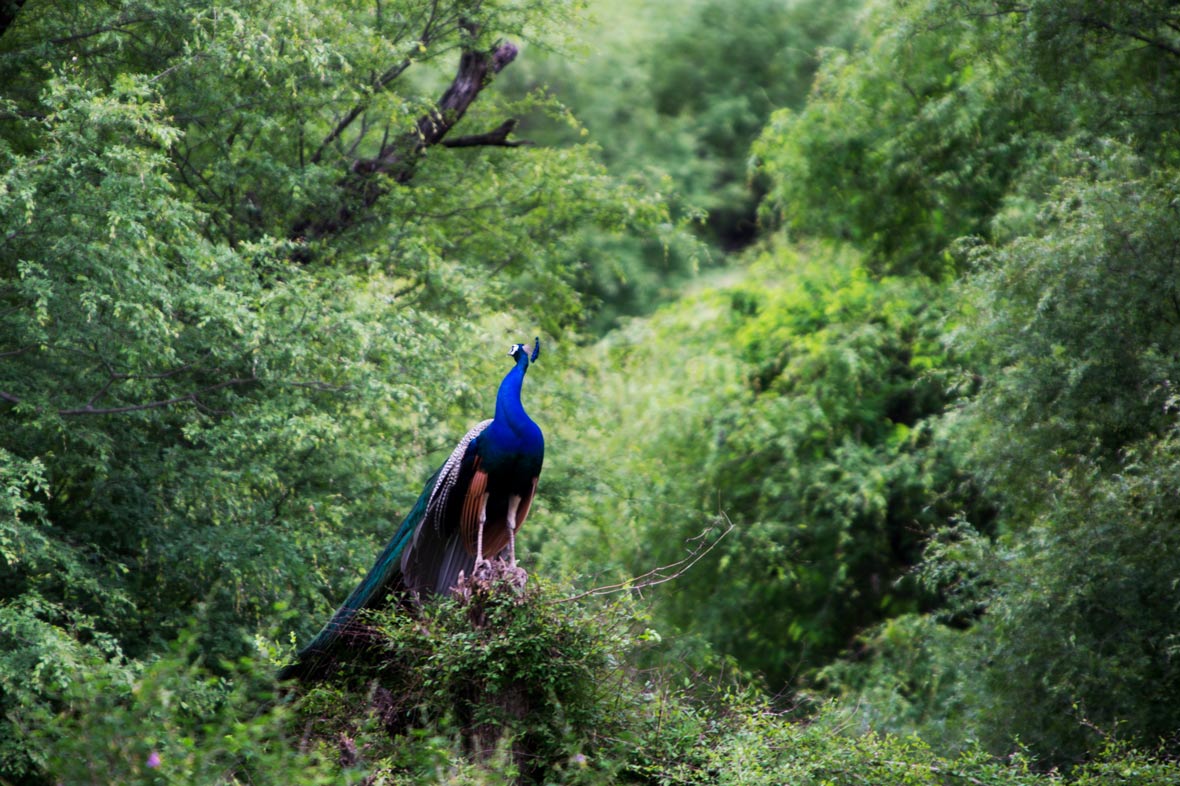
Gurgaon-based visual artist Pragya Bhargava believes that nature is intrinsically linked with culture, and that these are two major components which have shaped our society and way of life. Through observing the natural elements that impose their influence on landscapes over time, she endeavors to explore the vital connection between the connection between the two, a connection that has become largely overlooked and ignored. In attempting to fully visualize and present this vital connection to her audience, her art often blurs the boundaries between photography, printmaking, and drawing. Recently, we talked to Pragya about her work and some of the underlying themes behind it.

Neocha: How has living in India influenced you as a photographer?
Pragya Bhargava: Being based in India has had a significant impact on me as a photographer. The diversity in landscape and the richness of history and culture prevalent in Indian society is an anchor for my photographic practice. With the knowledge that human history has been written several times over on the same piece of seemingly uncluttered land, the resolved nature and settled wisdom of the land around me grounds my practice and leaves me in awe.
Neocha: How long have you been doing photography and how would you describe your photographic style?
Pragya Bhargava: I have been practicing photography for eight years now. But to define or describe a photographic style, I feel, requires many more years of experience and practice. At this point, I find my photographic style to be based largely on intuition. Photography is essentially drawing with light, and every subject demands a certain kind of light, in order for it be presented for what it looks and feels like. I shoot mostly on a 5D Mark III and prefer working with natural light. For the process of shooting, I follow my instinct to shoot the experience of my subject. Although I usually tend to keep distance between the camera and my subject, there is always a sense of comfort in the frame. For the outcome, it is absolutely essential that I be satisfied with the work before I present it to an audience.
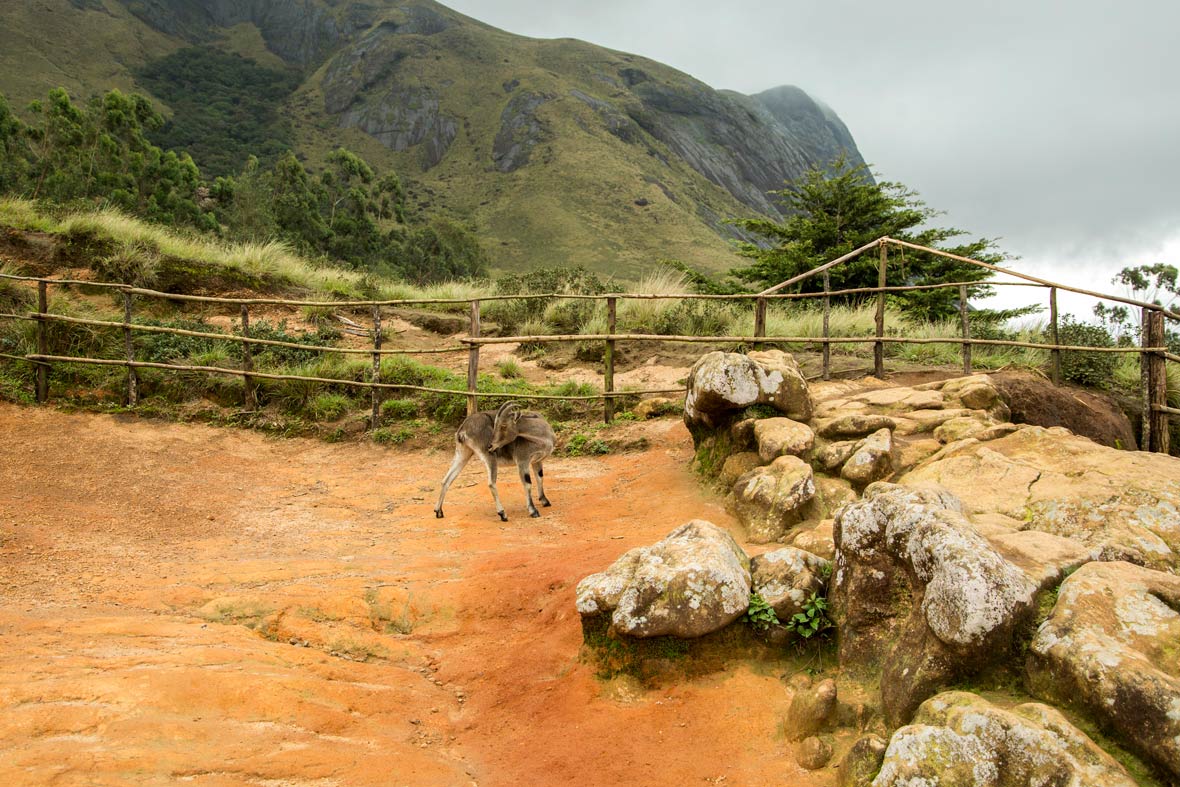
Neocha: Where is your favourite place in India for shooting landscape photography, and why?
Pragya Bhargava: I like being on the road. The landscapes you encounter on road trips can hardly ever be listed on a map or bound in a book. This is why I rarely plan my destinations or make advance bookings when I’m out shooting landscapes. I decide the terrain I want to shoot and set out in that general direction. Most of my traveling is by road and the landscapes punctuate my travel. Sometimes I gaze, other times I halt, but it’s not every time that I shoot.
Neocha: Are there any challenges you face when shooting landscape photographs, and what are they?
Pragya Bhargava: Recreating experience is an important part of my practice. Therefore, the biggest challenge for me with landscape photography is being able to do justice to the experience of landscapes. Visually, I may be able to portray what I see but the challenge lies in capturing the timelessness and ephemerality of landscapes while maintaining their tangibility, omnipresence and incorporating their multifaceted character, due to the years of layering and transformations landscapes have undergone, in a single frame.
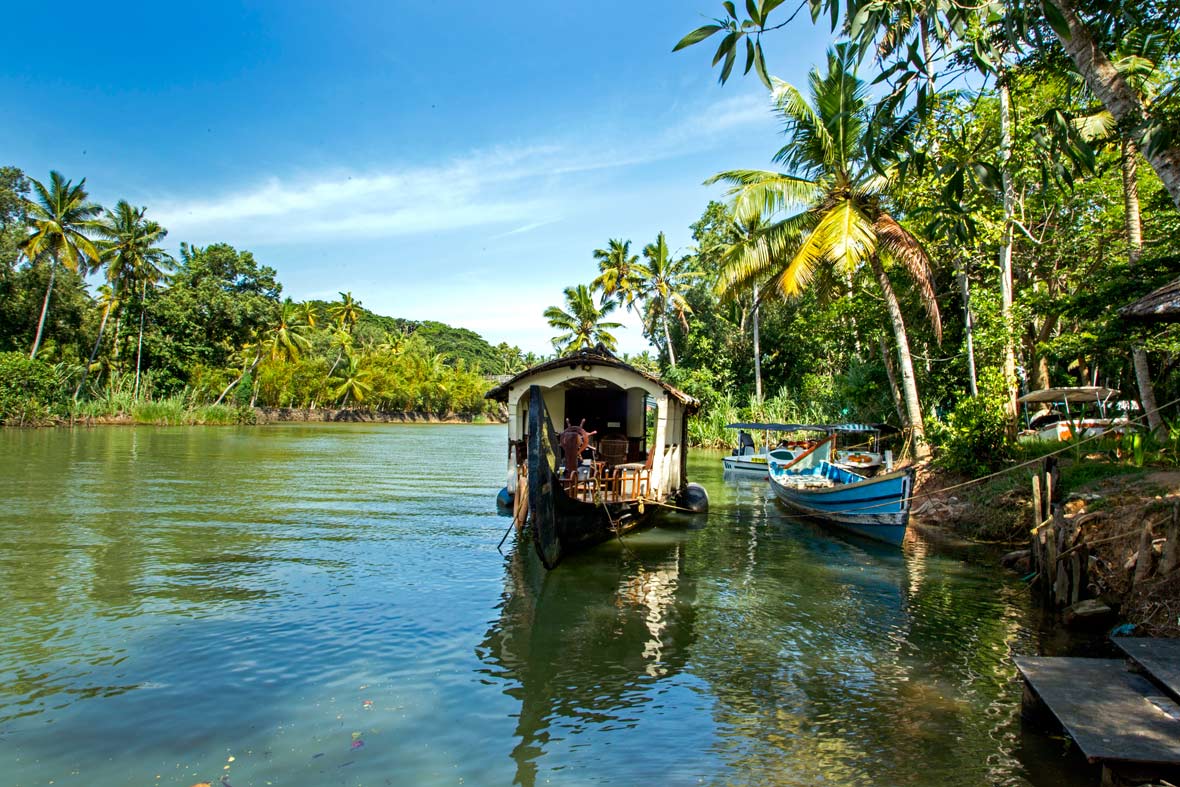
Neocha: How far do you go in post-production? How important is post-processing in making a landscape photograph?
Pragya Bhargava: The landscapes define how far I go in post-production. With the aim to reproduce an experience and recreate an atmosphere, I use every tool at my disposal to get there. But there’s a fine line in processing that lies between under and over processing and I need to be on it. My process usually involves shadow recovery, highlight and contrast adjustments, levels and colour balance, preserving details in the extreme points, mostly during raw conversion itself. A raw image file is only half baked, processing and post-processing completes the process. They are tools, like the camera itself to translate ideas into finished products. Each of them have an equally important role to play.
Neocha: Who do you count among your biggest influences, photographically or otherwise?
Pragya Bhargava: The photographs of Ansel Adams and Cory Richards and the paintings of J.M.W. Turner have been huge inspirations for me, but Leonardo da Vinci has been the most significant influence in my life, especially professionally. Da Vinci was a polymath. To a layman who wants to understand him and his work, his ideas might seem all over the place, yet it was cohesive in his mind. In my journey as a student of science, I have a Bachelors in Fine Arts and a diploma in dance. I’m currently studying physics in order to learn more about geophysics to gain a better understanding of landscape dynamics to enrich my practice as an artist. I look up to Da Vinci and take inspiration from him and the thoughts he left behind in his works.
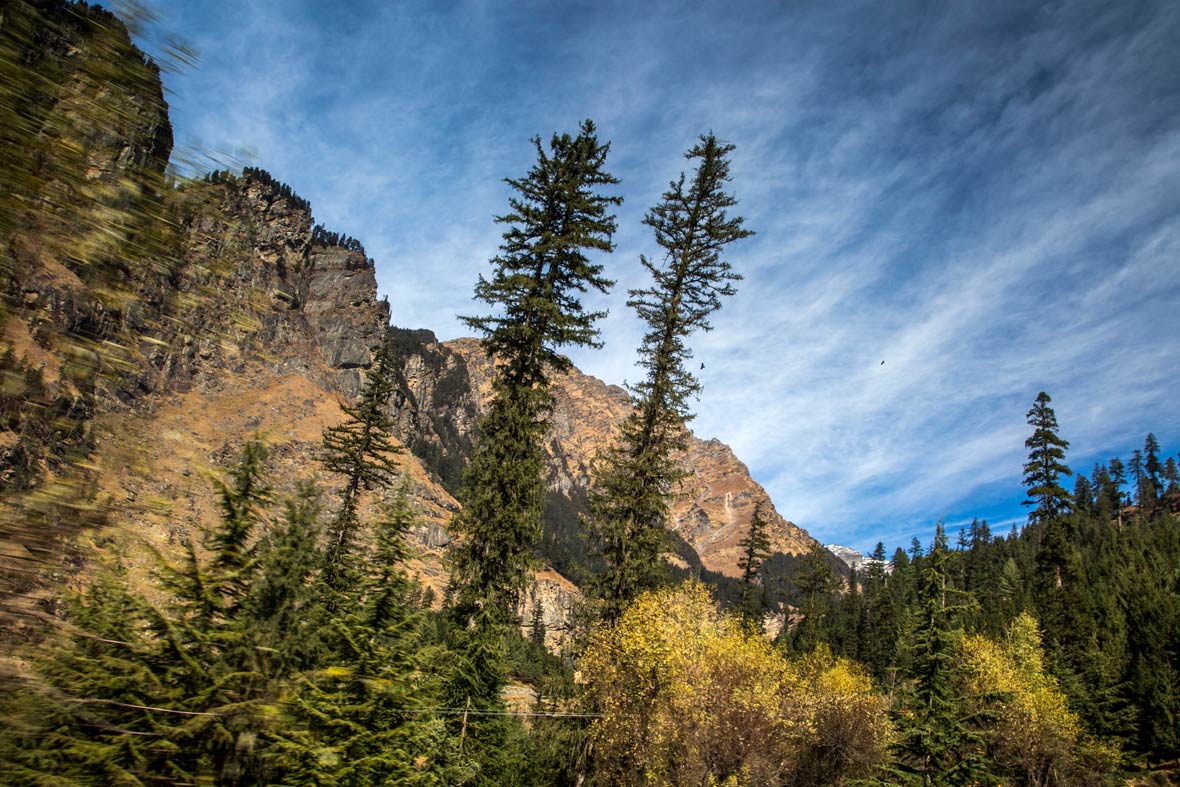
Neocha: Do you have guiding principles that you follow when you’re making pictures? Is there an underlying philosophy that binds all your work together?
Pragya Bhargava: It’s more of a routine now. I do my ground research, assess the situation, make myself comfortable with the situation and with the subject so they don’t feel like an outsider. I look at the light, the subject, my equipment, and consider my aim but stay flexible. I prepare for my shot and follow my routine to capture what I intended to shoot, but as a photographer, I’m not stubborn about the shooting. I’m prepared for the unplanned and to let go if chance offers an alternate opportunity. For me, instinct has always been a better guide than planning. What probably binds my work together is that no matter what I’m shooting, I try to remain true to my subject. I try to understand my subject first, taking its various facets into consideration, and try to present it with all its intricacies.
Neocha: You’ve also created conceptual works like Ode to the Landscape and The Yellow Brick Road, which still contain a strong focus on landscape. What is the allure of landscapes for you?
Pragya Bhargava: Every artist needs a muse and mine happens to be landscapes. The enigmatic character, constant change and ubiquitous grandeur of landscapes is what attracts me to them. For me, they are like people but infinitely more complex. I have an unfaltering need to understand their personality, history and character. Sometimes these landscapes seem to talk directly to me as a sensory experience or feelings they evoke, while other times I feel the urge to read into things that are left unsaid, thinking in terms of the stories that might have been.

